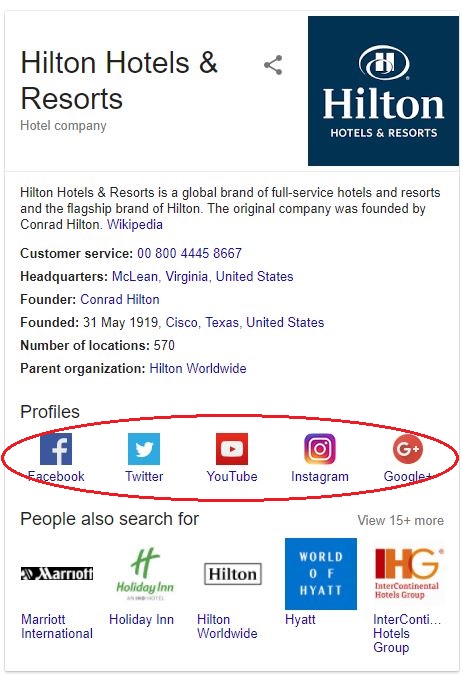Social media marketing has evolved beyond likes and followers. A question I often ask clients is, so you have 10K followers, how much value is that generating for your business? You need to establish the value to your bottom line.
Social Media ROI is difficult to measure but it’s not impossible if you know how to and your social media marketing has a goal, strategy and plan to achieve it. In fact, the only question clients are faced with answering in these cases is by how much did you meet, exceed or fall short of the goal?Social Media ROI is difficult to measure but it’s not impossible if you know how to and your social media marketing has a goal, strategy and plan to achieve it. In fact, the only question clients are faced with answering in these cases is by how much did you meet, exceed or fall short of the goal?
Nowadays, social media marketing a must-have for businesses, but managing social media – objectively – takes time and resources that smaller teams especially tend to lack. However, it’s worth finding the time.
Well implemented social media strategies have the potential to increase your revenue, the size of your client base, and enhance brand perception.
Before that can happen, the basics need to be right, and the best place to begin is to do a thorough assessment of your social media. Below are our five tips to get you started.
1. Make Sure Your Branding Is Consistent Across All Channels
It is easy to cut corners at the time of creating social media pages, and use imagery and descriptions that happen to be available there and then. A potential customer browsing through your social media channels will notice inconsistencies, and depending on your brand, these may come across as unprofessional. To avoid looking complacent, check each of your brand’s profiles focusing on bios, banners, and profile pictures making sure they are all up-to-date and use the same branded imagery.
2. Check Your Social Media Links To Your Website And Vice Versa
Another easy thing to neglect is linking every channel with your page. Social media should funnel visitors to your website, but if you make it harder than it needs to be, you risk losing potential customers. Provide a link to your landing page on each of your social media sites, and vice versa. Place social media icons in clear sight on your website, and allow your posts to be shared and liked easily. You need to look at both on-page social media (social sharing, open-graph data, embedded social media feeds) and off page social media (links to your website and to other social media platforms).
3. Social SEO
Social media has officially, and increasingly, been an SEO ranking signal; since 2013 according to a study by Search Metrics.

Google readily displays social profile links for organisations using this feature of the structured data mark-up. It includes links to social profiles for businesses in search result pages, albeit at Google’s discretion.
Tweets are also shown by Google in search results, at the top of the page, so make sure your optimising your posts with relevant keywords – across all channels. Social media links in SERPs have a higher page 1 ranking velocity (compared to organic indexed pages). Is someone missing out on an opportunity here?
Track growth
Rather than just having a feeling social media works or doesn’t work, it is worth tracking actual growth. See if the frequency of your posts, time of day, or certain topics, have had any effect on your follower count or engagement rates, and identify weekly trends. Benchmark your performance against your performance over the years, and see what has worked for your brand.
Look at your competitors’ performance
Benchmarking your performance against competitors’ can give a great indication on your own performance and the industry standard. What the gaps are between you and the top businesses in your industry, or better even, stand out from the crowd, What are your USPs and differentiators that you could promote. This may be easier to achieve if your competitors are not fully leveraging the power social media, and you have a chance to be a progressive example for the rest.
With the right social media marketing tools you can analyse the gap and discover hidden opportunities for a more competitive advantage.
Determine your purpose on social media
Last but not least, consider your key messaging across social media. Determine the purpose of your social media presence and know what you aim to get out of it. With that in mind, assess the posts on every platform to see whether they serve that purpose, and make appropriate changes to communicate your key messages clearly.
Some people use social media for customer services, others for support. 140 character means people get straight to the point


